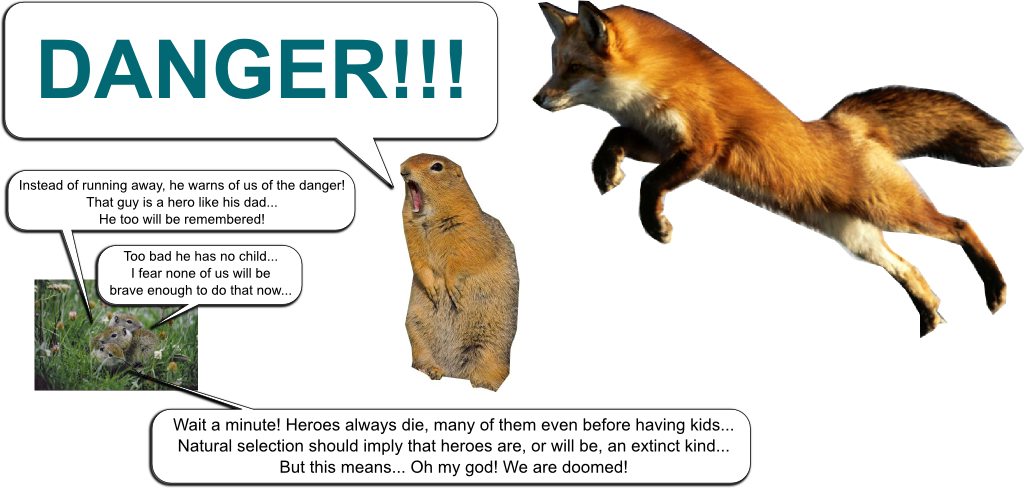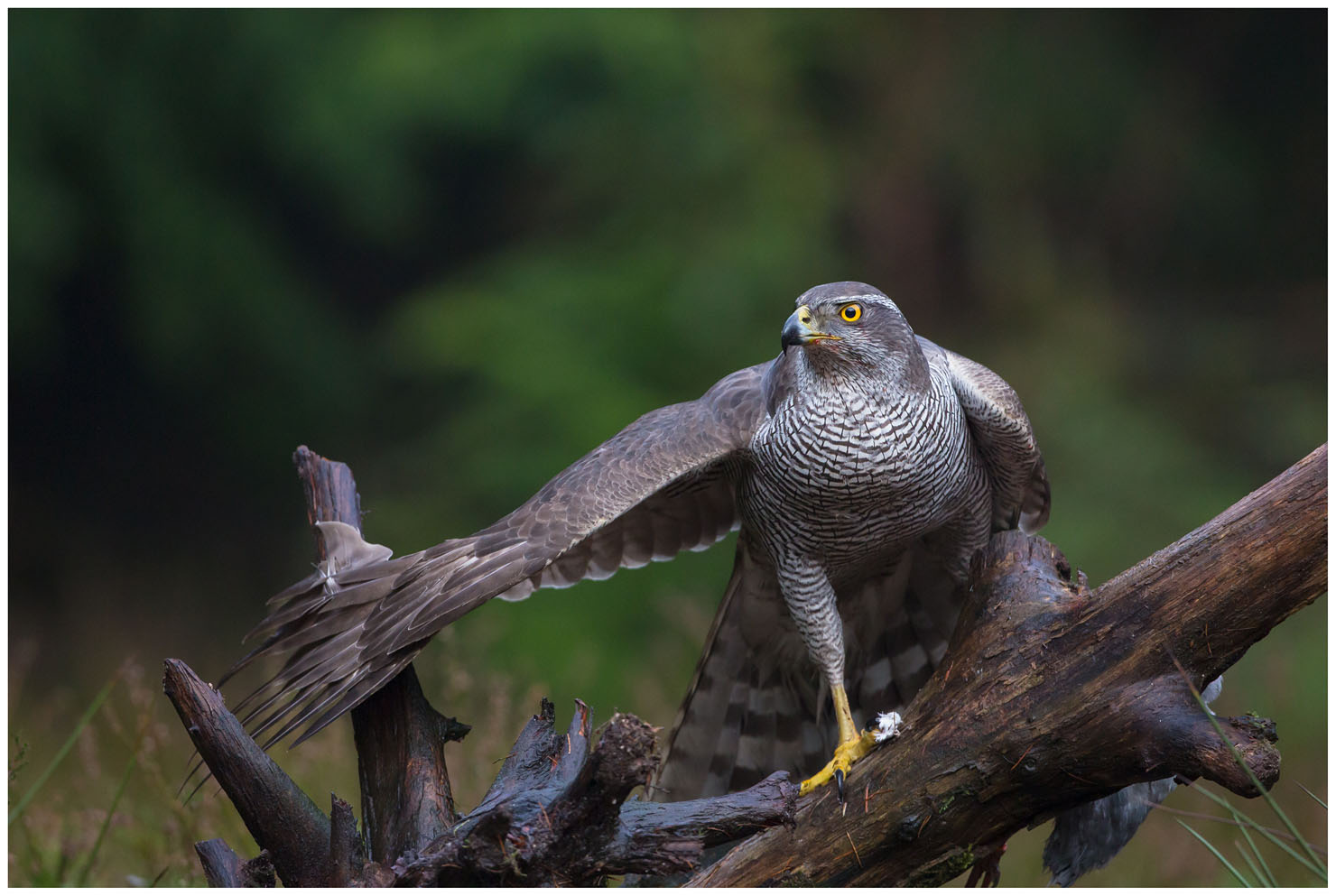

Sometimes a squirrel may fall and get trapped behind walls, persistently scratching as they try to claw their way out. Homeowners usually aren’t aware they have a squirrel nest in the attic until they hear scurrying during the daytime.

Besides their bites and irritations, some of these parasites vector and can transmit disease causing pathogens. They carry parasites such as ticks, fleas and mites. Once inside, squirrels may gnaw on electrical wires or wood and leave droppings all over. Unfortunately, these pests don’t always stay outdoors to build their shelters.

More stable and protected, these nests are used year-round and are squirrels’ primary winter homes. On the other hand, dens often go unnoticed because they are built inside cavities like hollow trees or abandoned wells. Out of the two types, squirrel dreys are most commonly seen by homeowners, as most adult squirrels build more than one. These nests are made of a ball of loosely woven twigs, leaves, and grasses. Squirrel dreys are built on the outside of trees, usually at the fork of the trunk and a branch about 30 feet off the ground. There are two kinds of squirrel nests found in trees: dreys and dens. As human presence provides squirrels with consistent food and shelter, most species also commonly nest in and around residential neighbourhoods. Conversely, tree squirrels and flying squirrels prefer dense woodlands and make their nests high in the treetops. Ground squirrels prefer grassy habitats, such as open fields, pastures, and parks, and typically burrow into the ground to build dens. Flying squirrels have distinctive membranous body structures that allow them to glide from tree to tree. Ground squirrels can be similar in size to tree squirrels or significantly larger. They have bushy tails, are adept climbers, and may appear rust-coloured, brown, grey, or black. Tree squirrels found in Canada range in size from 10 to 70 cm long. During winter, the pests store large amounts of food in their nests and don’t leave to forage as often as other types of squirrels in Canada. Red squirrels are about 20 cm in length as adults, with tails extending as far as 10 cm from their bodies. Throughout the cold season, the black lines disappear and their white stomachs turn grey.
Natural predator for squirrels Patch#
When it’s warm, their reddish or grey fur has two black lines on their backs and a white patch on their stomachs. These tree-dwelling pests change their coats with the seasons. They’re found nationwide in places such as Newfoundland, Saskatchewan, and the Yukon. Red Squirrelsĭespite their small size, red squirrels are almost as numerous as greys. Eastern grey squirrels can be found throughout the entire southern region of Canada, including Quebec, Ontario, and Nova Scotia. As a result, they often leave their nests to forage even during cold weather when food is scarce, unlike other species. This species can process acorn proteins more efficiently than many types of squirrels. With tails as long as their bodies, grey squirrels measure about 40 to 50 cm long in total. In addition to their signature grey colour, these pests may also have brown or black fur. Eastern Grey SquirrelsĪmong the many types of squirrels in Canada, eastern grey squirrels are the most common. Additionally, tree squirrels habour parasites that they can spread some species are known transmit diseases such as plague but this is very rare. They are also known to damage lawns, gardens, and flowerbeds. Entering through attics and chimneys, the pests gnaw on insulation, electrical wiring, and structural supports. Tree squirrel damage is typically caused when the pests enter homes to nest. Finally, Douglas squirrels live primarily in the western provinces and have black stripes along the sides of their bodies. Fox squirrels are the most prevalent species nationwide and can be identified by their reddish-brown colouring. As the name implies, grey squirrels are found in the eastern part of the country and are various shades grey or black in colour, tipped with white. These include eastern grey squirrels, Douglas squirrels, and fox squirrels. Several types of tree squirrels can be found throughout Canada. All squirrels use their tails for shade during warm weather, warmth at night or in winter, and balance when climbing or jumping. Ground squirrels do the opposite, digging burrows to reside underground. Tree squirrels build nests, living atop branches and within tree hollows. Common ground squirrels have thin tails and hibernate through winter, while bushy-tailed tree squirrels are active year-round. Six of these are ground-dwelling, four live in trees, and two are varieties of flying squirrels. Canada is home to 22 different types of squirrels.


 0 kommentar(er)
0 kommentar(er)
